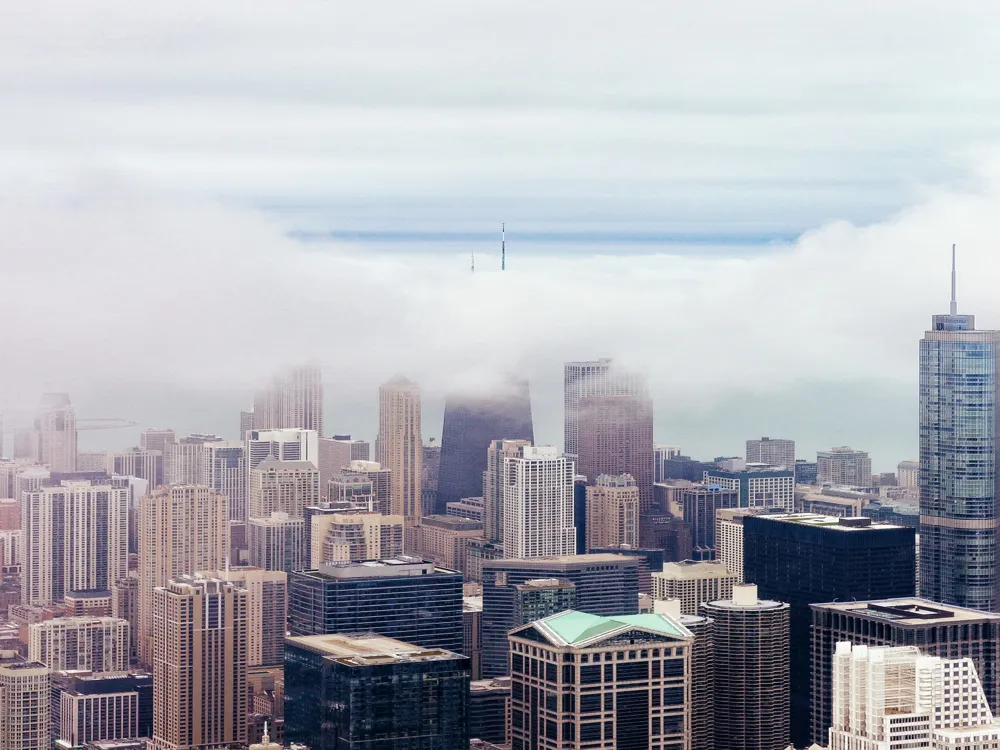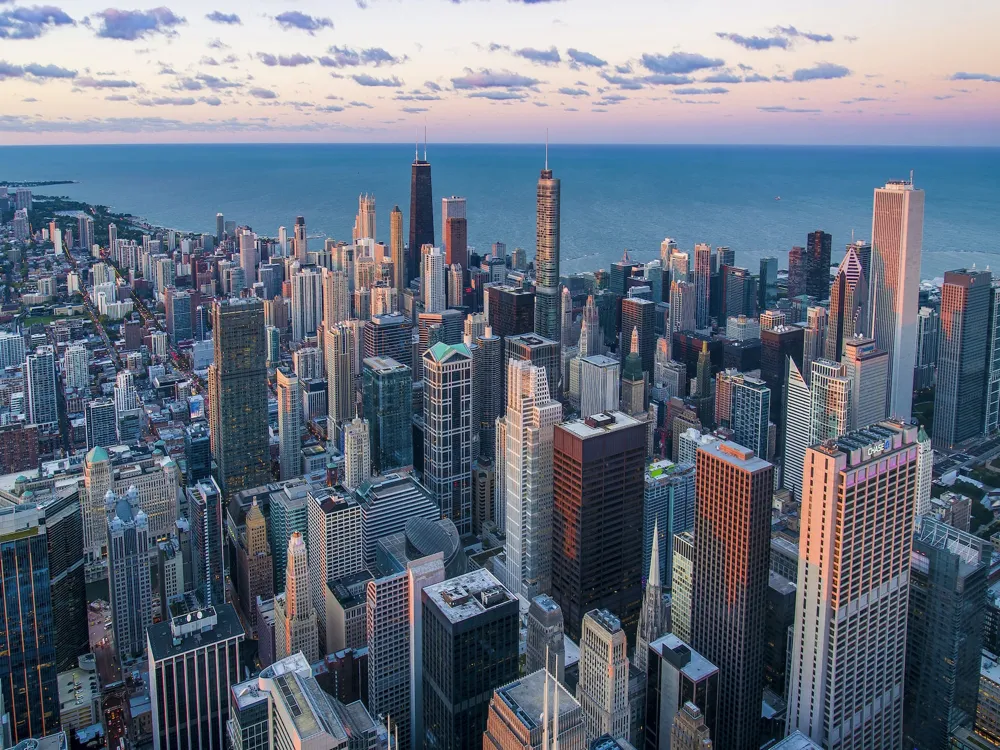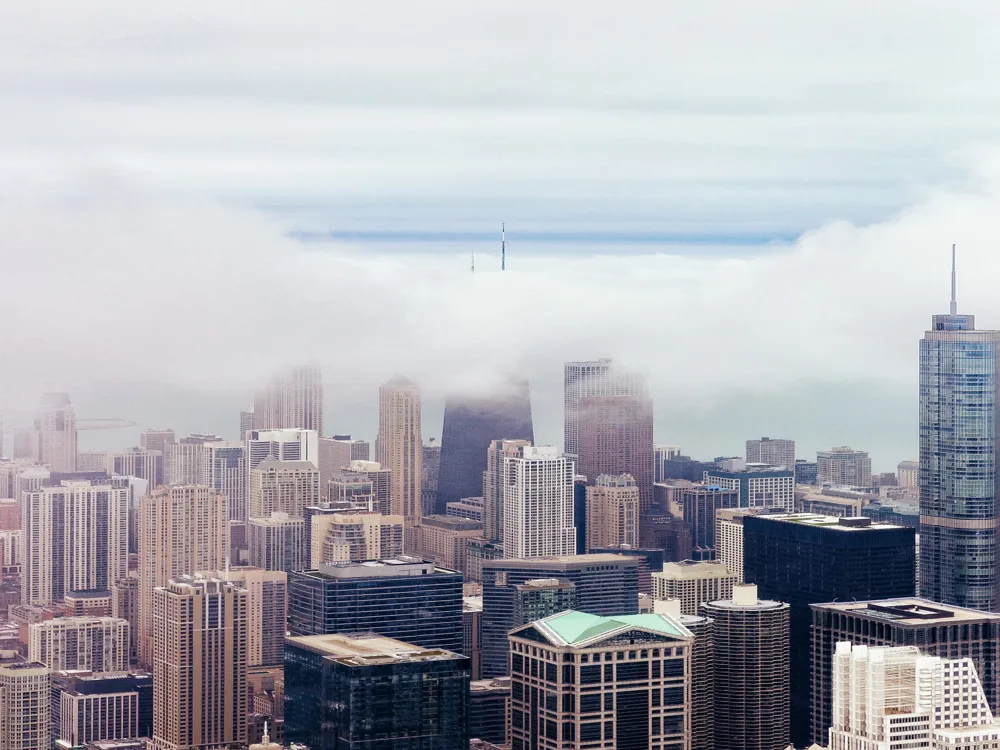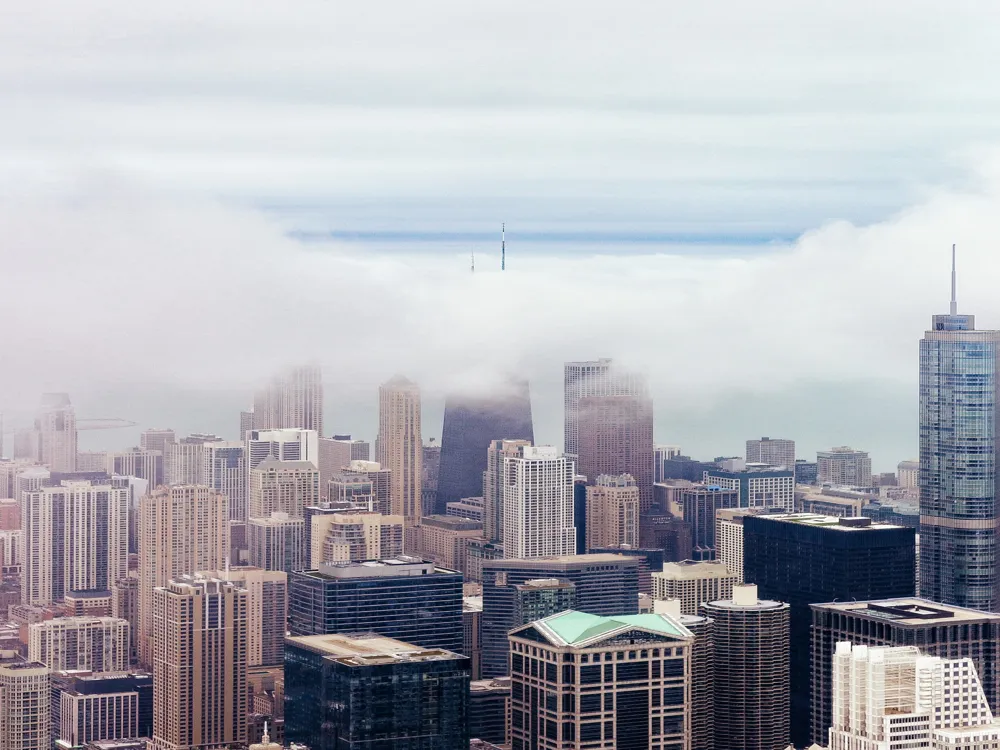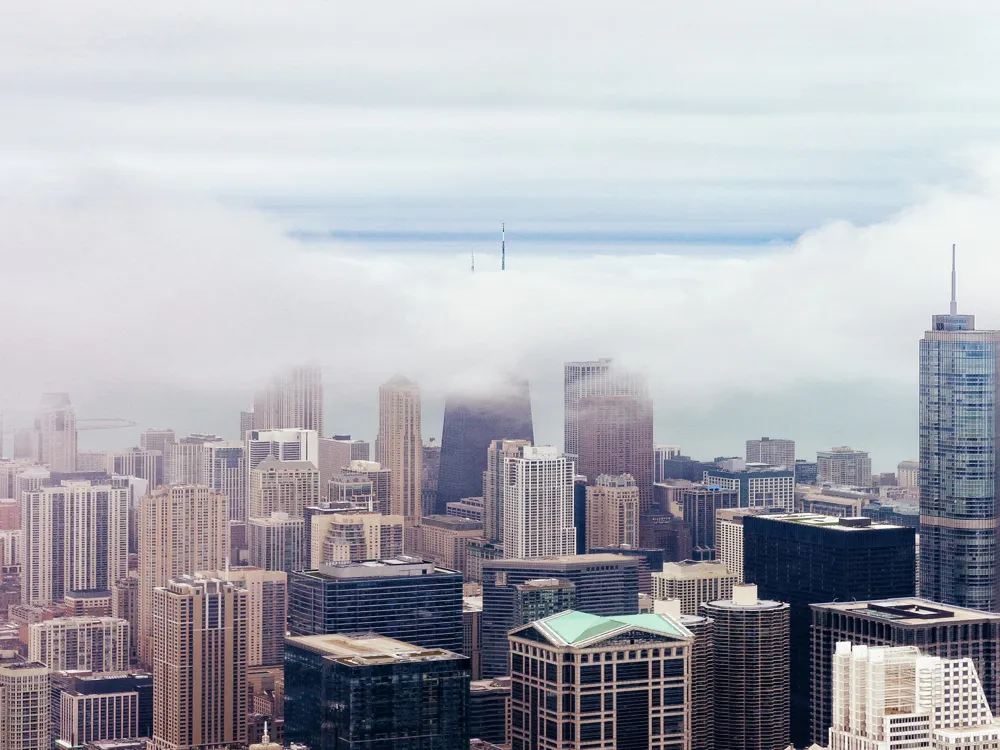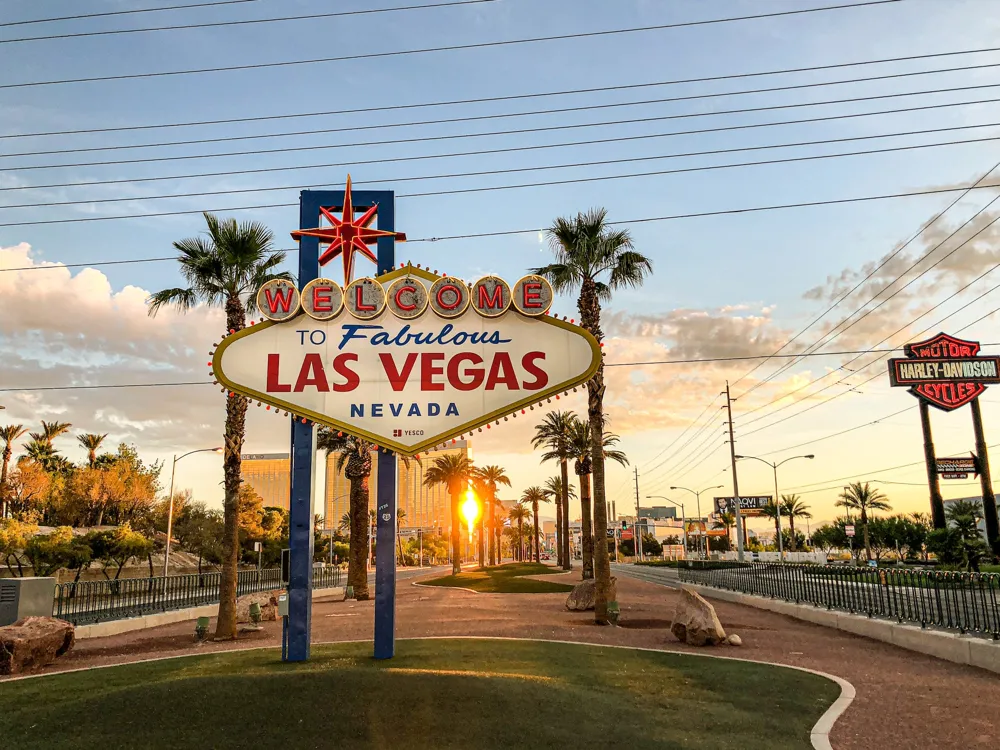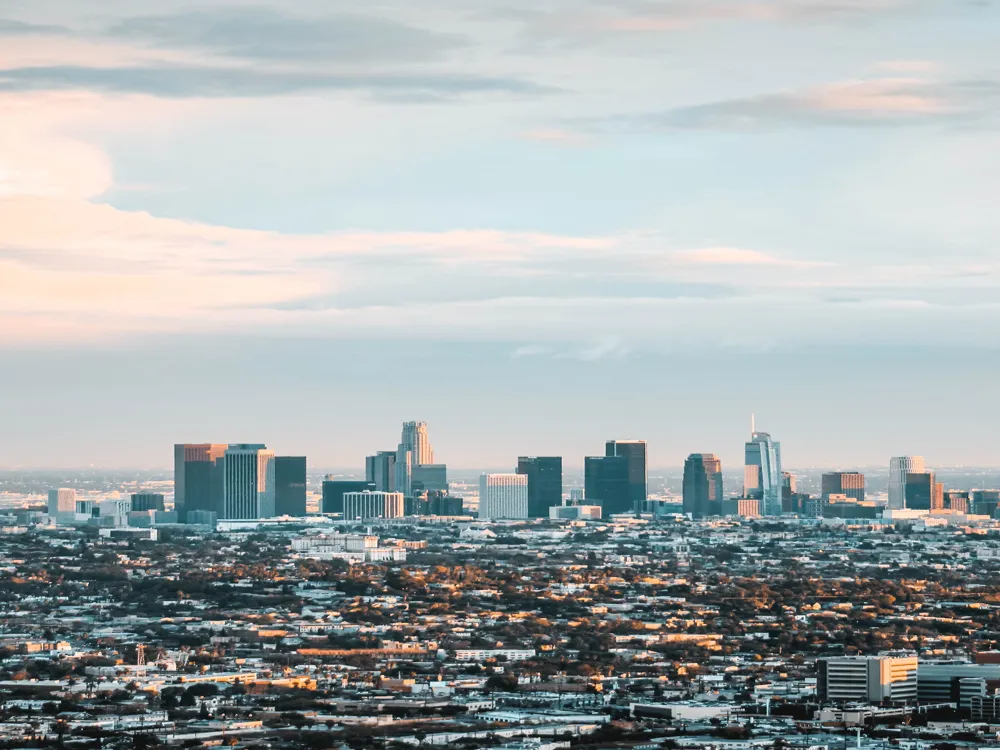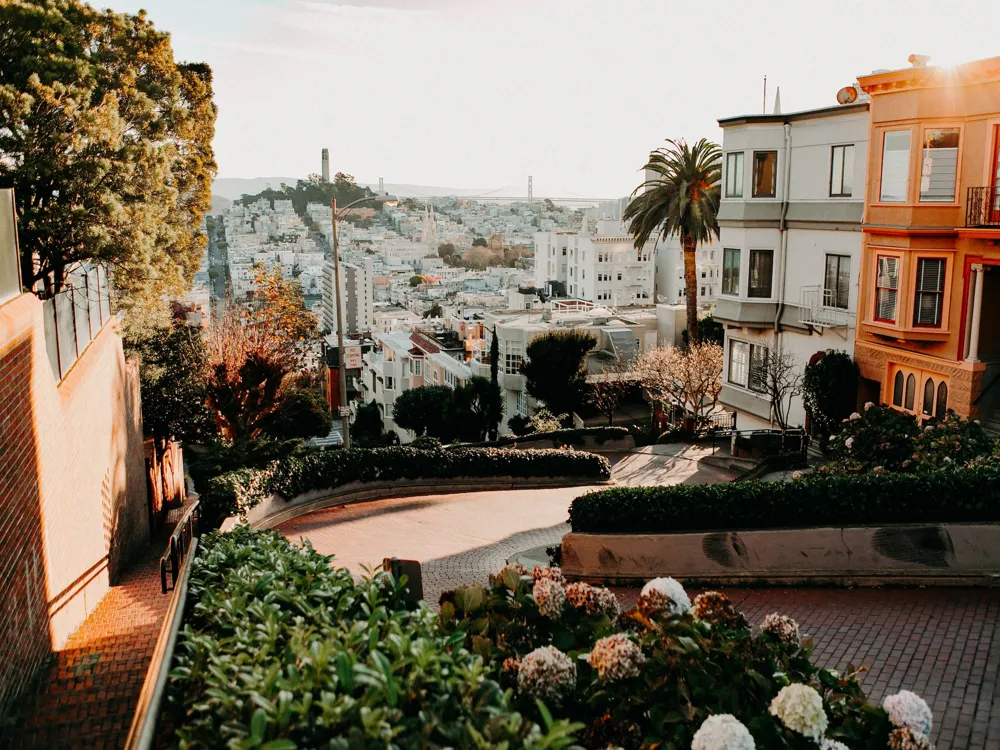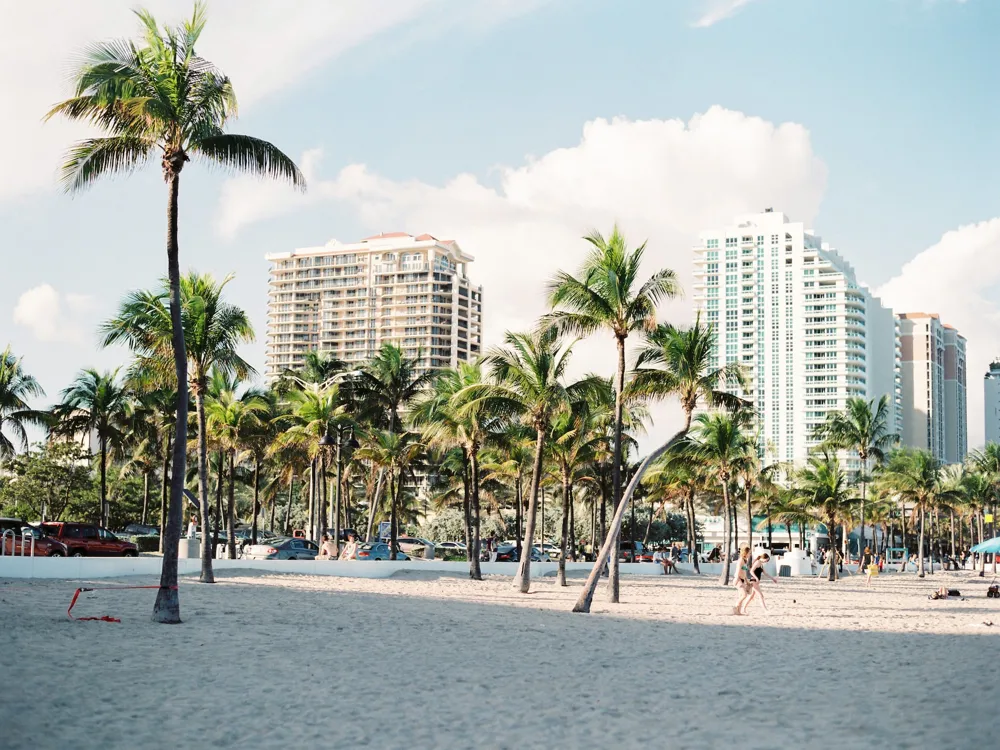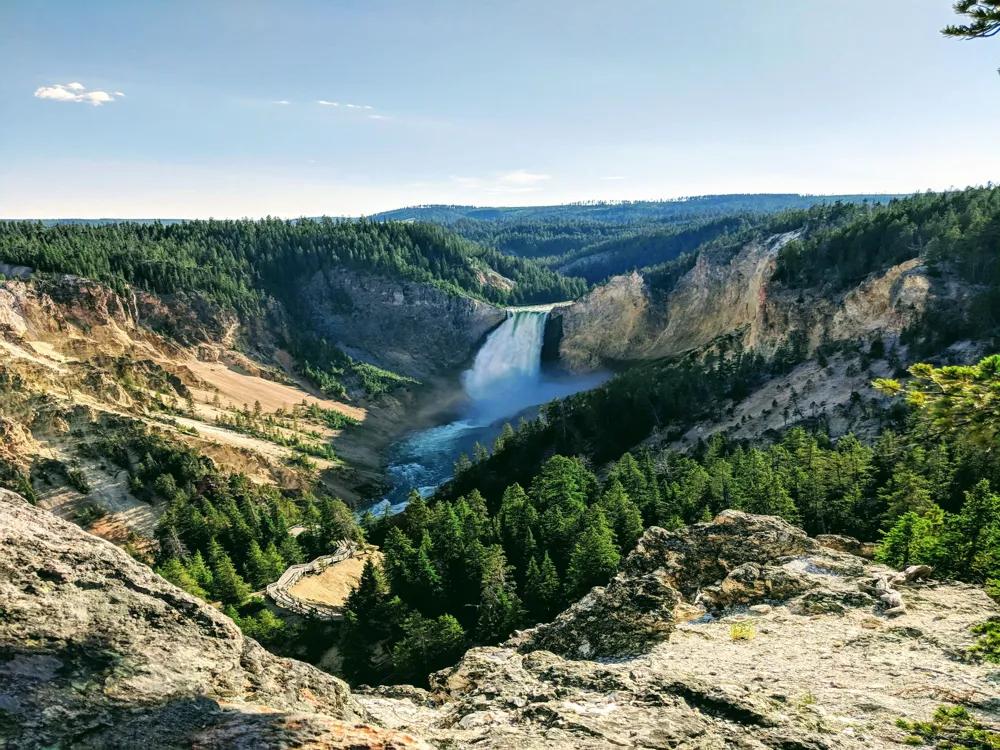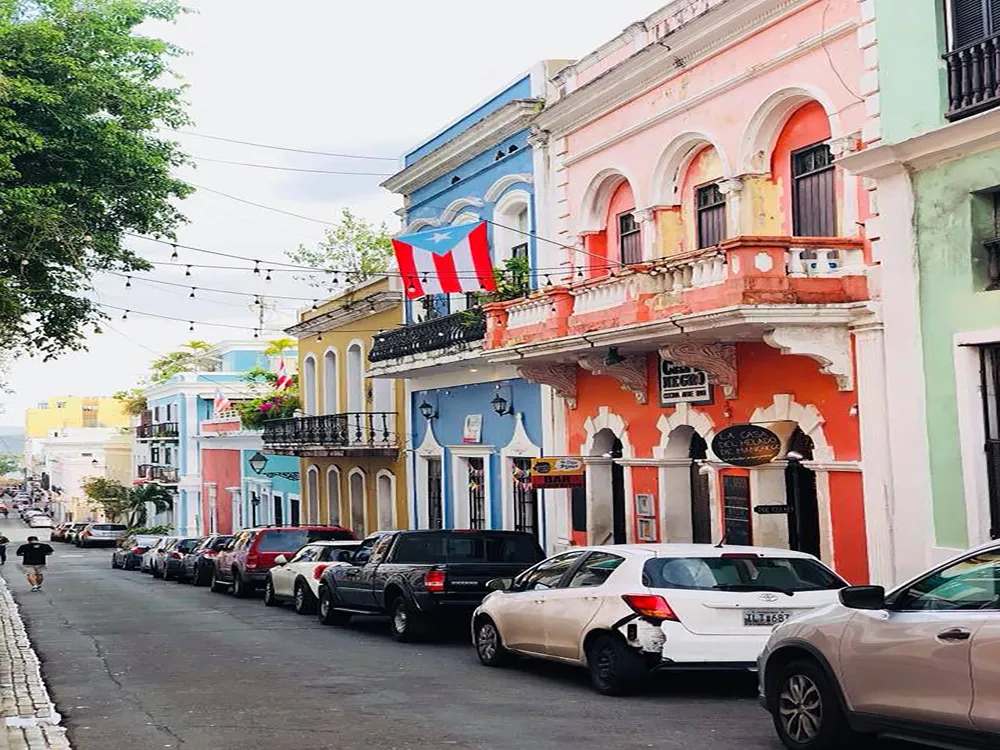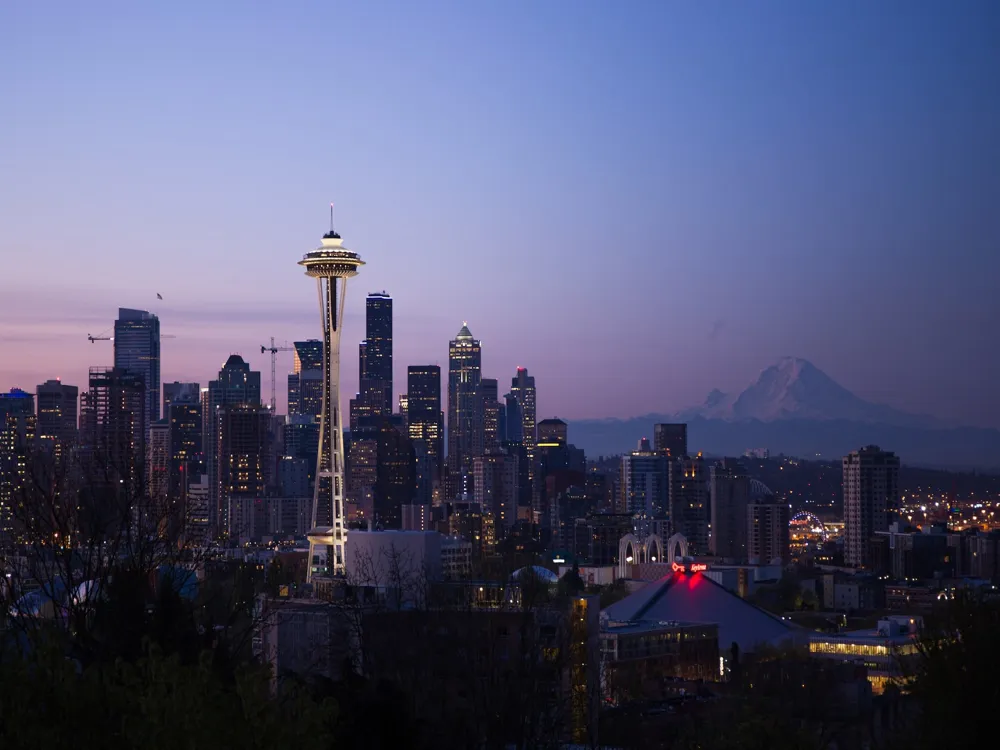Chicago, known as the 'Windy City,' is a vibrant metropolis nestled on the shores of Lake Michigan in Illinois. This city, famed for its rich history and cultural diversity, is the third-largest in the United States. Chicago's origins date back to the 19th century, and it has played a pivotal role in the economic, cultural, and political development of the nation. The city's architecture, museums, and food scene make it a renowned global destination. Chicago's cultural fabric is woven with a myriad of ethnicities, contributing to its dynamic atmosphere. The city is a melting pot of cultures, hosting numerous ethnic neighborhoods like Chinatown, Little Italy, and Pilsen, each offering its own unique experiences. Chicago is also a hub for arts and entertainment, boasting an impressive array of museums, theaters, and music venues. The Art Institute of Chicago and the Museum of Science and Industry are just a few highlights. Regarding cuisine, Chicago stands tall with its iconic dishes like deep-dish pizza, Chicago-style hot dogs, and Italian beef sandwiches. The city's dining scene spans from gourmet restaurants to street-side eateries, catering to all palates. Additionally, Chicago's nightlife and festivals, including the Chicago Blues Festival and Lollapalooza, draw visitors from around the globe. One cannot speak of Chicago without mentioning its sports culture. Home to legendary teams like the Chicago Bulls in basketball, the Chicago Bears in football, and the Cubs and White Sox in baseball, the city's sports legacy is deeply ingrained in its identity. These teams not only contribute to the city's vibrant sports scene but also bring together communities in celebration of their beloved sports. Chicago's landscape offers a blend of urban and natural beauty. The city's skyline, dotted with skyscrapers like the Willis Tower and the John Hancock Center, is a sight to behold. The lakefront, with its beaches and parks, provides a tranquil escape from the urban rush. The city's commitment to green spaces is evident in places like Millennium Park, home to the famous Cloud Gate sculpture, also known as 'The Bean.' Chicago's architecture is a testament to its history and innovation. The city is often regarded as the birthplace of the skyscraper, with the Home Insurance Building, built in 1885, being one of the first. The Great Chicago Fire of 1871, which devastated much of the city, became a catalyst for architectural evolution. In the aftermath, architects and city planners embarked on a journey to rebuild Chicago, leading to a boom in architectural creativity and engineering advancements. The Chicago School of Architecture emerged during this period, characterized by the use of steel-frame construction, large plate glass windows, and minimal ornamentation. This style was a precursor to modernist architecture and influenced future architectural movements. Iconic buildings from this era include the Rookery Building and the Monadnock Building, which showcase the transitional phase from masonry to steel-framed structures. The 20th century saw further developments with the rise of Art Deco and modernist architecture. The Chicago Tribune Tower, a stunning example of Gothic Revival architecture, and the sleek, modernist lines of the Willis Tower (formerly Sears Tower) demonstrate the city's architectural diversity. The Willis Tower, once the world's tallest building, is a marvel of engineering and design. Chicago's architecture is not just about towering skyscrapers. The city is also home to pivotal works by famed architects like Frank Lloyd Wright, who pioneered the Prairie School movement. Wright's Robie House, with its horizontal lines and integration with the landscape, is a masterpiece of this style. Moreover, Chicago's architectural prowess extends to public spaces, with projects like Millennium Park, which features cutting-edge design and public art. Contemporary architecture in Chicago continues to push boundaries. The Aqua Tower, with its undulating balconies, and the Jay Pritzker Pavilion, a stunning outdoor concert venue in Millennium Park designed by Frank Gehry, are examples of this innovative spirit. Chicago's architectural landscape is a living museum, showcasing the evolution of design and urban planning. Chicago's weather can be unpredictable, so it's wise to pack layers. In winter, bring heavy coats, gloves, and hats, while summer calls for lighter clothing. Comfortable walking shoes are a must for exploring the city's vast attractions. Chicago's public transit system, including the 'L' trains and buses, is an efficient way to get around. Consider purchasing a Ventra card for convenience. Taxis and ride-sharing services are also widely available. Explore the diverse culinary scene, from deep-dish pizza at local favorites like Lou Malnati's to upscale dining experiences. Don't forget to try the famous Chicago-style hot dog! Chicagoans are known for their friendliness. When visiting cultural sites, it's respectful to maintain decorum. Tipping is customary in restaurants and for services, usually around 15-20%. While Chicago is generally safe for tourists, it's advisable to stay aware of your surroundings, especially at night. Stick to well-lit and populated areas and keep your valuables secure. Chicago is accessible by various means of transportation. O'Hare International Airport, one of the busiest airports in the world, serves as a major hub for international and domestic flights. Midway International Airport is another option, primarily for domestic travel. For those preferring ground transportation, Chicago is well-connected by bus and train services, with Amtrak and Greyhound being popular choices. The city's location at the crossroads of several major highways makes it easily reachable by car as well.Overview of Chicago, Illinois
Architecture of Chicago
Tips When Visiting Chicago
Packing Essentials
Transportation Tips
Dining Recommendations
Cultural Etiquette
Safety Tips
How To Reach Chicago
Shedd Aquarium
Chicago
Illinois
NaN onwards
View chicago Packages
Weather :
Tags : Aquarium
Address : 1200 S Lake Shore Dr, Chicago, IL 60605
Open Hours : Open all Days,
9.00AM to 5.00 PM
Distance from Chicago : 10 minutes drive
Entry Fee : General Admission:
For Adults: USD 40
For Children (3 to 11 years)-USD 29.95
Chicago Residents:
For Adults: USD 19.95
For Children: USD 14.95
Shedd Members:
Free admission for adults and children
Planning a Trip? Ask Your Question
Chicago Travel Packages
View All Packages For Chicago
Top Hotel Collections for Chicago

Private Pool

Luxury Hotels

5-Star Hotels

Pet Friendly
Top Hotels Near Chicago
Other Top Ranking Places In Chicago
View All Places To Visit In chicago
View chicago Packages
Weather :
Tags : Aquarium
Address : 1200 S Lake Shore Dr, Chicago, IL 60605
Open Hours : Open all Days,
9.00AM to 5.00 PM
Distance from Chicago : 10 minutes drive
Entry Fee : General Admission:
For Adults: USD 40
For Children (3 to 11 years)-USD 29.95
Chicago Residents:
For Adults: USD 19.95
For Children: USD 14.95
Shedd Members:
Free admission for adults and children
Planning a Trip? Ask Your Question
Chicago Travel Packages
View All Packages For Chicago
Top Hotel Collections for Chicago

Private Pool

Luxury Hotels

5-Star Hotels

Pet Friendly







